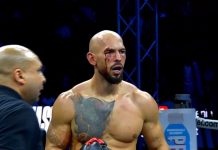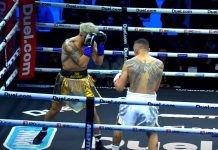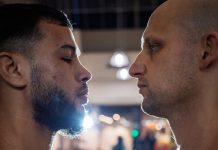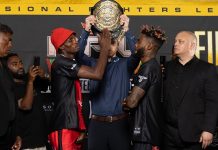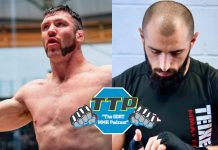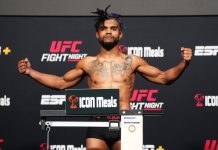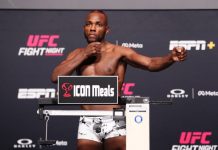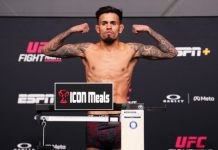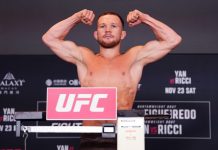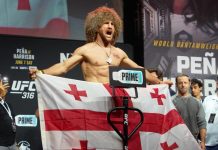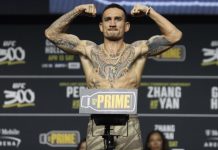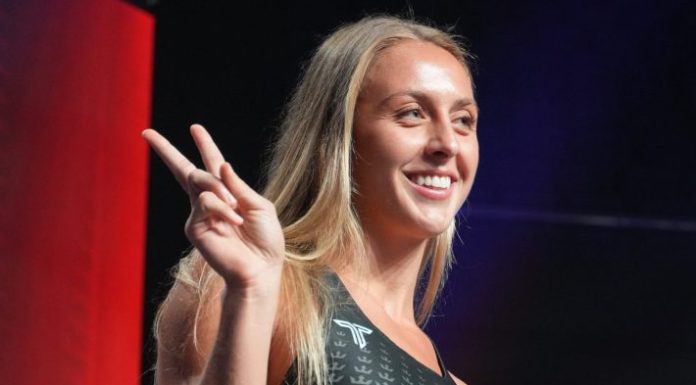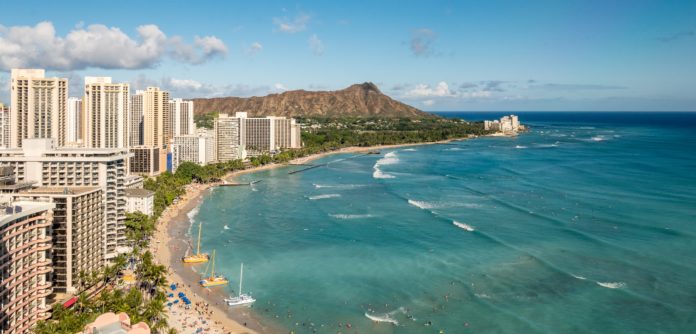
The UFC has been around the world, but there are still new markets to be opened. In the first of a series, Cageside Press explores the struggles and strategies of making UFC Hawaii a reality.
In the early days of MMA, legalization was as difficult a battle as any of the fights inside the cage. The story is well-known now: MMA was the sport too violent for tv, future Presidential candidate John McCain did interviews calling the sport “human cockfighting” and the list goes on and on. Today, the sport in its present form is seemingly everywhere and there is no real new frontier for the sport. However, that does not mean that there are no new places for the UFC to reach. As the sport grows, Cageside Press explores the next possible destinations for the Octagon.
It should be noted before examining each city, the matter of holding an event in any market is far more than the UFC simply choosing to go to a particular city. Economics and competition are also a huge factor in determining how an event makes its way to a particular market.
And your 2017 Fighter of the Year goes to …
"The man with the most finishes, wins and the longest winning streak in UFC featherweight history."
The Pride of Waianae, Hawaii – @BlessedMMA 🙏 pic.twitter.com/ypVkVkDS2i
— UFC (@ufc) January 8, 2018
For Hawaii, the pageantry of the event would easily sell itself. There will be an obscene amount of opportunities for events and engagement on the picturesque beach. Everyone involved, from fighters to members of production, would enthusiastically appreciate a paid trip to the islands for work. Leading the charge is featherweight champion Max Holloway, who since winning the belt speaks as if it’s his destiny to bring the Octagon to his home Behind him is a contingent of Hawaii-based fighters who would make the push to be part of the event such as Yancy Medeiros, Brad Tavares, Rachael Ostovich-Berdon and others.
The challenge isn’t about getting the UFC to want to go to Hawaii. Rather, it is about getting fans already living there to attend. Unlike the lower 48 states, visiting an event in Hawaii would involve serious travel. Unless you live on the big island, going to the event will involve paying for airfare and lodging which costs a premium. This means that attendance will rely almost completely on the local fanbase. There are conflicting reports on this matter as well, as there is a rumor that the Hawaii Tourism Authority felt that the UFC would attract “undesirables” to the state.
Previously, UFC President Dana White said that the main reason they have not pushed for an event is because the only viable venue, the Aloha Stadium in Honolulu, is outdoors and the frequent rain could seriously hinder an event. He has also previously commented that if the state had an indoor arena, the Octagon likely would have visited long ago.
Historically, Hawaii has unfortunately not fared well when it comes to major sports. Two years ago, the state lost the right to host the NFL Pro Bowl that was held annually at the Aloha Stadium since 1980. While the showcase may lack in competitive action, there is no question that such an event should be able to do well at the 50,000 capacity stadium. Mufi Hannemann, the President of Hawaii Tourism and Lodging, admitted in an interview:
“What it really sends out there is signal that we are slipping in terms of being a major sports marketing area. The Pro Bowl has been here for 35 of 37 years. The NFL gave us a lot of warning signals that the game was in danger of leaving. So we should have been negotiating from a position of strength when the game was definitely attached to us.”
Why is this important? Unlike other sports leagues, the UFC produces all of its own shows and programming. The costs are covered by the revenue generated by gate and pay-per-view. The UFC doesn’t only go to large venues because they can sell more tickets, but also because it is necessary in order to pay for everything involved in an event. If the NFL has trouble selling seats in Hawaii, it does not inspire confidence in the UFC that they will be able to either.
Whose side are you on?
Your OFFICIAL #UFC222 poster has arrived. pic.twitter.com/TUdsZwXrU2
— UFC (@ufc) January 23, 2018
For the UFC to feel secure, they want assurance that a card headlined by Holloway would draw well at both the gate and pay-per-view. Unfortunately, the UFC recently lost an opportunity to gauge just that. UFC 222 was set to be headlined by Holloway defending his title against Frankie Edgar. With no other strong draw on the card, the numbers produced would have largely been the result of the featherweight champion. If Holloway had delivered at the stadium and on pay-per-view (and won, of course) then putting together an event in Hawaii would be a foregone conclusion.
The UFC may still take a leap of faith and schedule the event to coincide with Holloway’s expected return, but could also choose to play it safe and wait until they have a more accurate estimation of the numbers. Prior to Holloway’s injury, there were positive indications for the event with the Hawaii Tourism Authority is already meeting with the UFC to discuss the matter. Dana White had also said that a possible event was being worked on.
At a time when the UFC has never been bigger, an event in Hawaii would be one of the few new landmarks for the world’s biggest MMA organization. The UFC’s “Blessed” champion has made people believe that it is an eventuality, but it will also be on his shoulders to get the job done.

